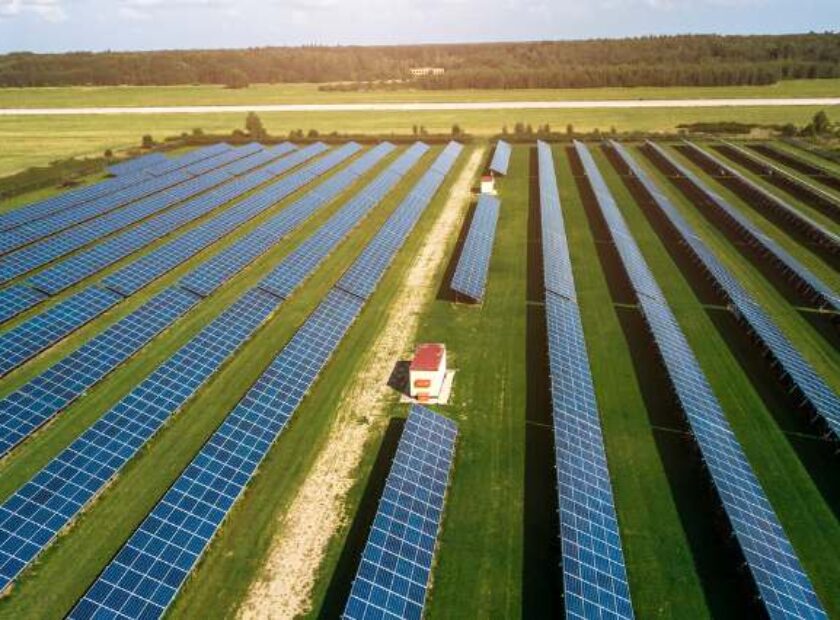Local Power, Global Change: DERs and the Future of Electricity

The Electrified Future: How Distributed Energy Resources Are Paving the Way
As the world grapples with the dual challenges of escalating energy demands and the urgent need to combat climate change, the future of energy is being rewritten with electricity at its core. Central to this transformation are Distributed Energy Resources (DERs), which are not just altering how we produce and consume energy but are also key to achieving a sustainable, resilient, and efficient energy paradigm.
A Shift Towards Decentralization
The traditional energy model, characterized by large, centralized power plants, is evolving. Today, smaller, localized energy sources—collectively known as DERs—are taking a prominent role. These resources include solar panels, wind turbines, small hydro plants, battery storage, and even electric vehicles that can feed electricity back into the grid. This shift towards decentralization is crucial for several reasons:
Enhanced Grid Resilience: Distributed generation facilitates a more resilient power grid. By diversifying the sources of power, the grid becomes less susceptible to failures originating from any single point. In events like natural disasters, localized sources can continue to operate independently, ensuring a continuous power supply.
Reduced Transmission Losses: Electricity loses power over distance. By generating energy closer to where it is consumed, DERs significantly decrease transmission losses. This not only enhances energy efficiency but also reduces the strain on our aging infrastructure.
Empowerment of Local Economies: DERs contribute to economic growth by promoting energy self-sufficiency in local communities. They allow consumers to become ‘prosumers’—producers and consumers—thereby keeping energy expenditures within the community and supporting local job creation.
Accelerating Renewable Adoption
The role of DERs in accelerating the adoption of renewable energy sources is perhaps their most critical contribution to an electric future. As climate concerns dominate global policies, renewables are becoming indispensable. DERs facilitate the integration of these renewable sources into the grid, providing a dynamic and flexible solution that aligns with environmental goals. With the capability to scale up rapidly, DERs can meet growing energy needs without the extensive lead times associated with traditional power plants.
Economic Incentives and Technological Innovations
Economically, DERs offer compelling incentives. The initial costs of technologies like solar panels and batteries have plummeted, making them more accessible to a broader segment of the population. Furthermore, many regions offer financial incentives for adopting renewable energy technologies, enhancing their attractiveness.
Technological innovation is another driver propelling the rise of DERs. Advances in energy storage, smart grid technologies, and data analytics are making it easier to integrate and manage these distributed systems. Smart grids, for instance, use real-time data to optimize the performance of both the grid and connected DERs, ensuring maximum efficiency.
Regulatory and Policy Framework
The expansion of DERs is also being supported by evolving regulatory frameworks and policies that encourage renewable energy integration and grid modernization. Governments worldwide are recognizing the potential of DERs to meet their greenhouse gas reduction targets and are enacting supportive policies to accelerate their deployment.
The movement towards an electric future, prominently featuring DERs, is not just a technological evolution—it’s a comprehensive shift in how we view and manage energy. This transition offers a pathway to a sustainable, resilient, and economically prosperous future, harnessing the power of local, renewable resources. As we continue to innovate and adapt, the role of DERs will undoubtedly expand, leading us towards a brighter, cleaner electric future.






